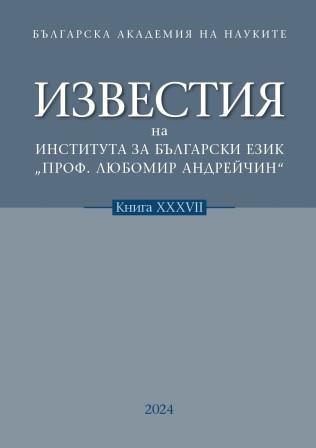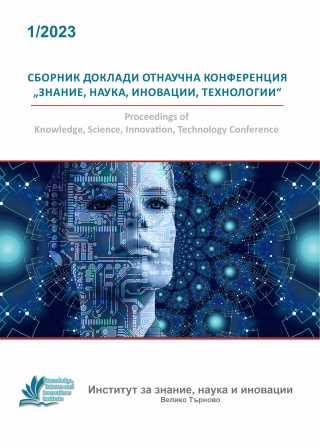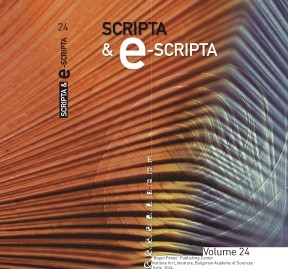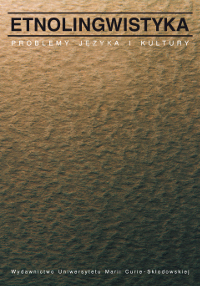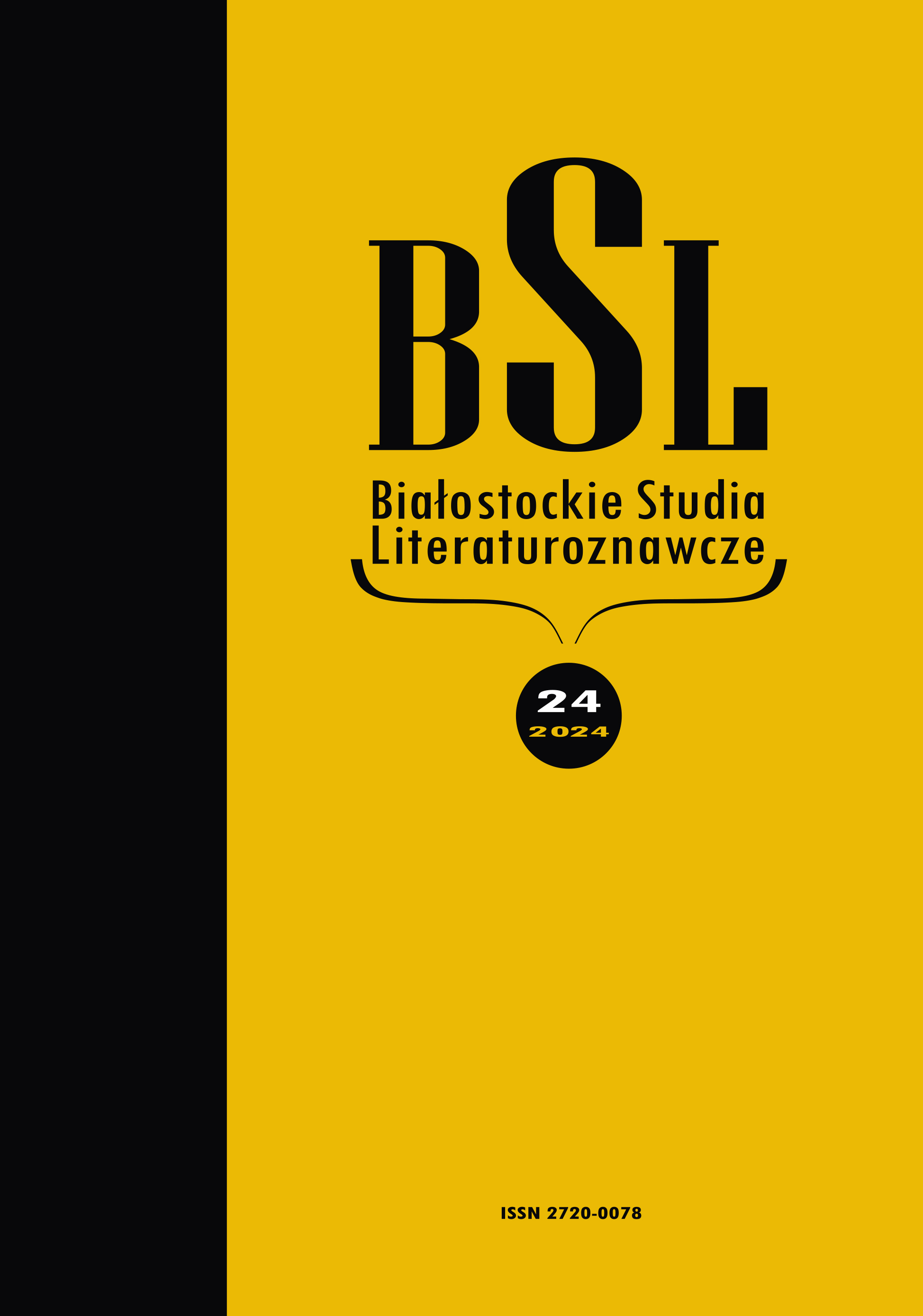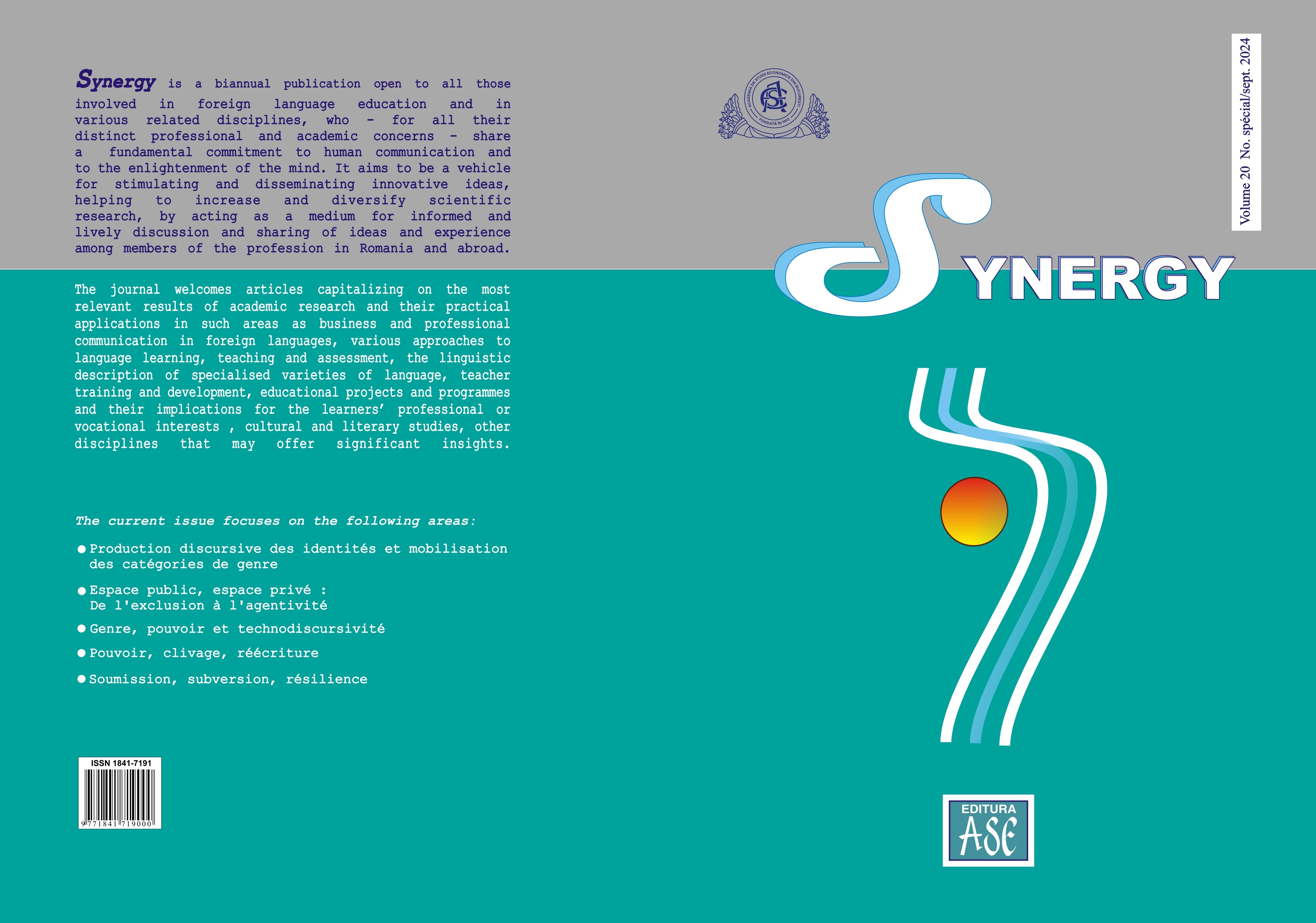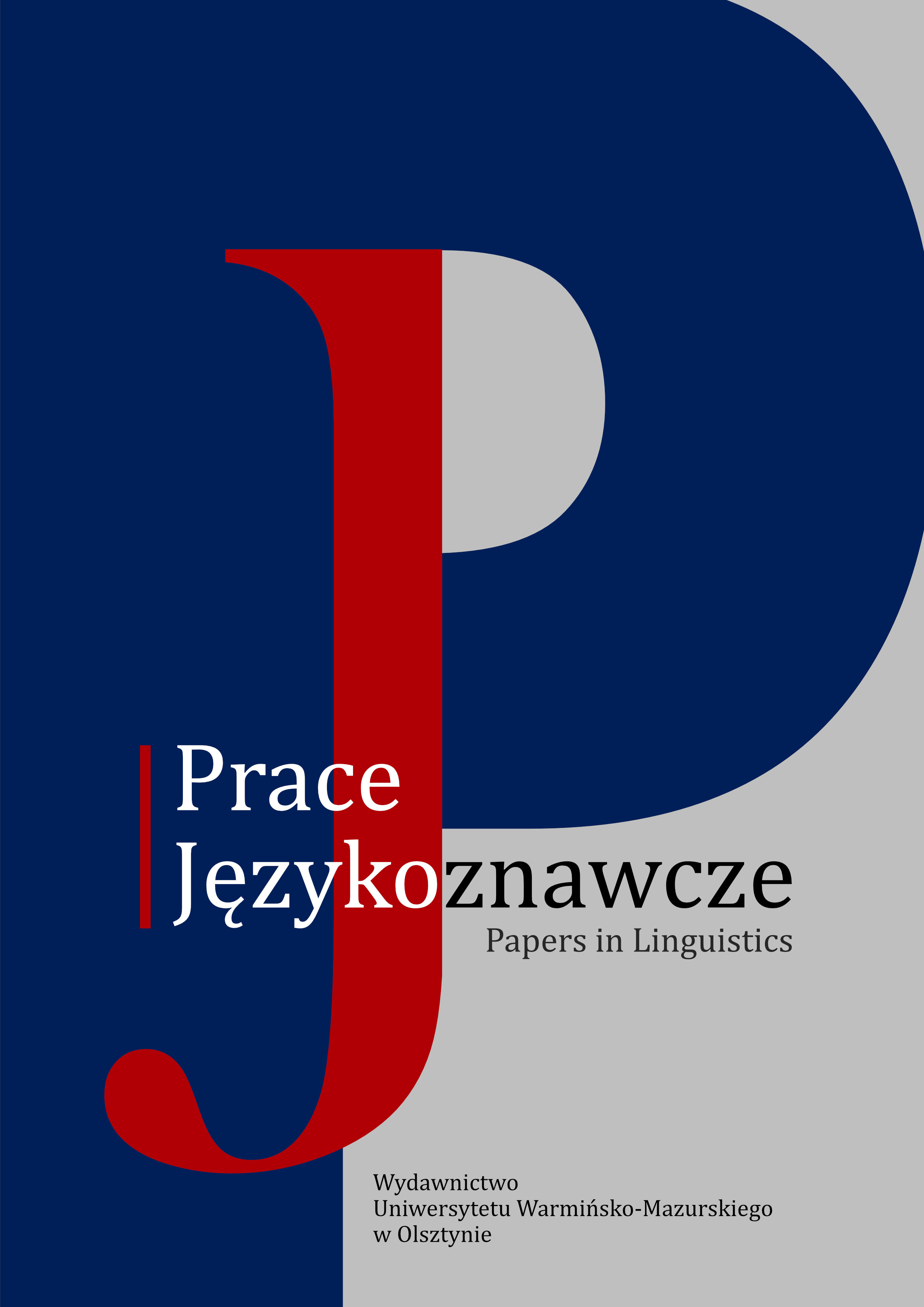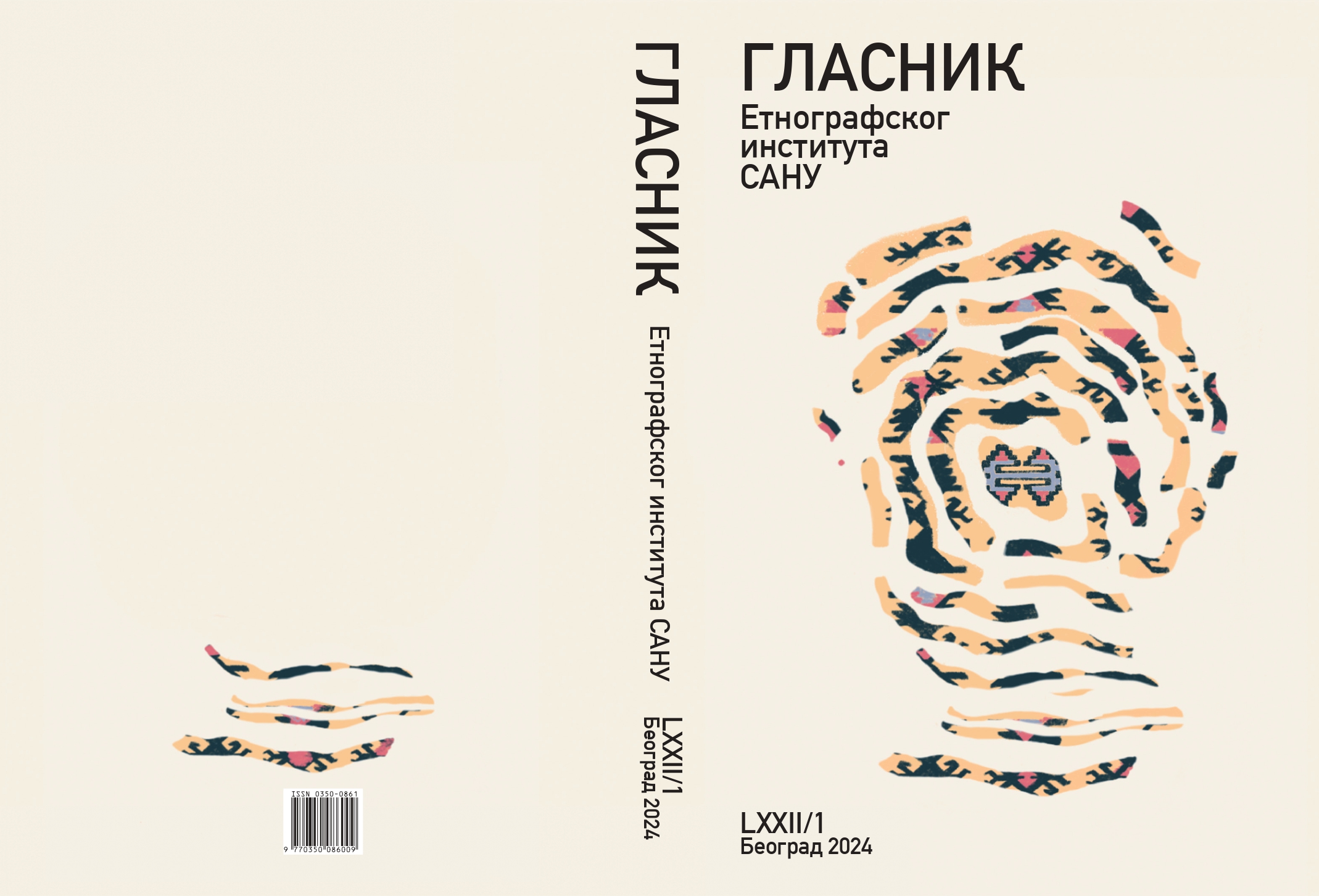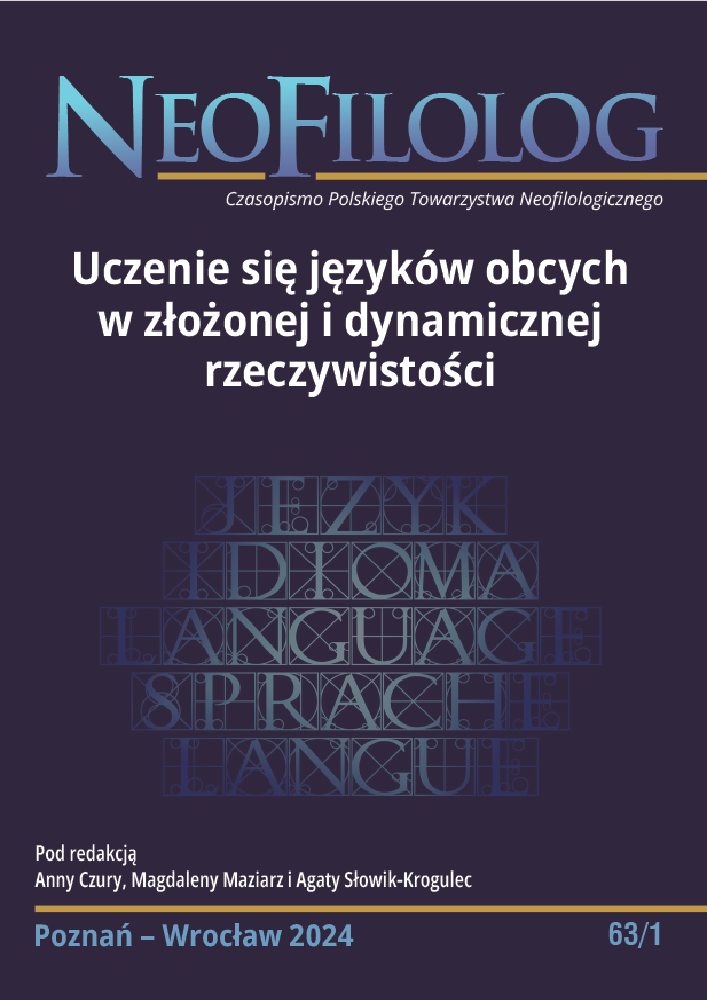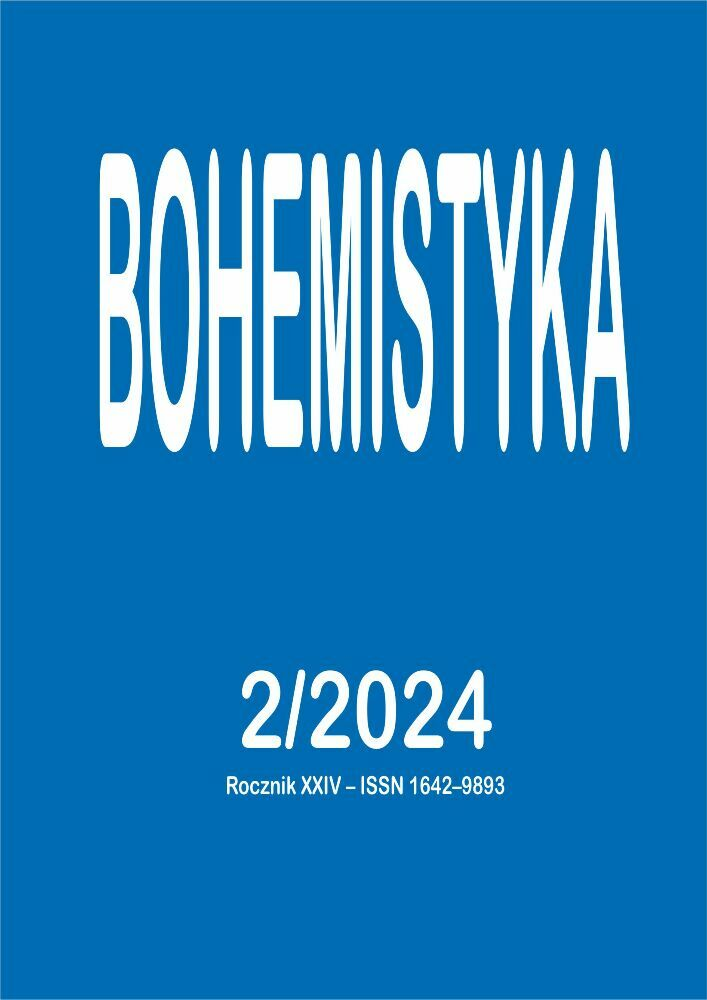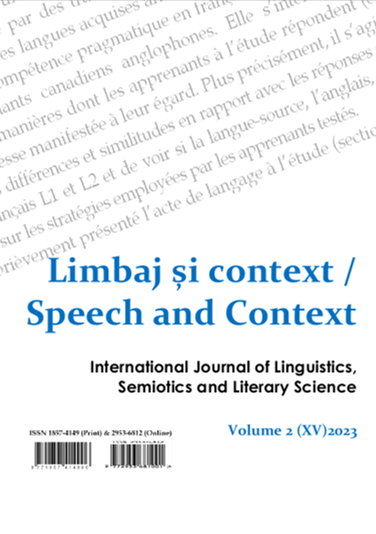
TOPOÏ BIBLIQUES DANS LA LITTÉRATURE MÉDIÉVALE : SOURCES ET EXEMPLIFICATIONS
This article aims to examine the different ways in which the content of the Bible used to be transmitted in the Middle Ages and to provide an overview of the most common biblical topoi used in the medieval culture. We also aim to analyse the books of the Old and New Testaments from which the best-known medieval biblical topoi come and to cite some concrete examples from the medieval Romanian literature.
More...
